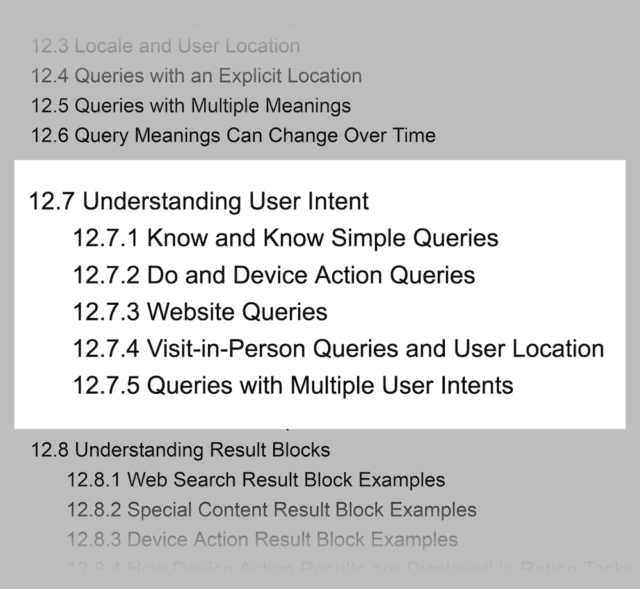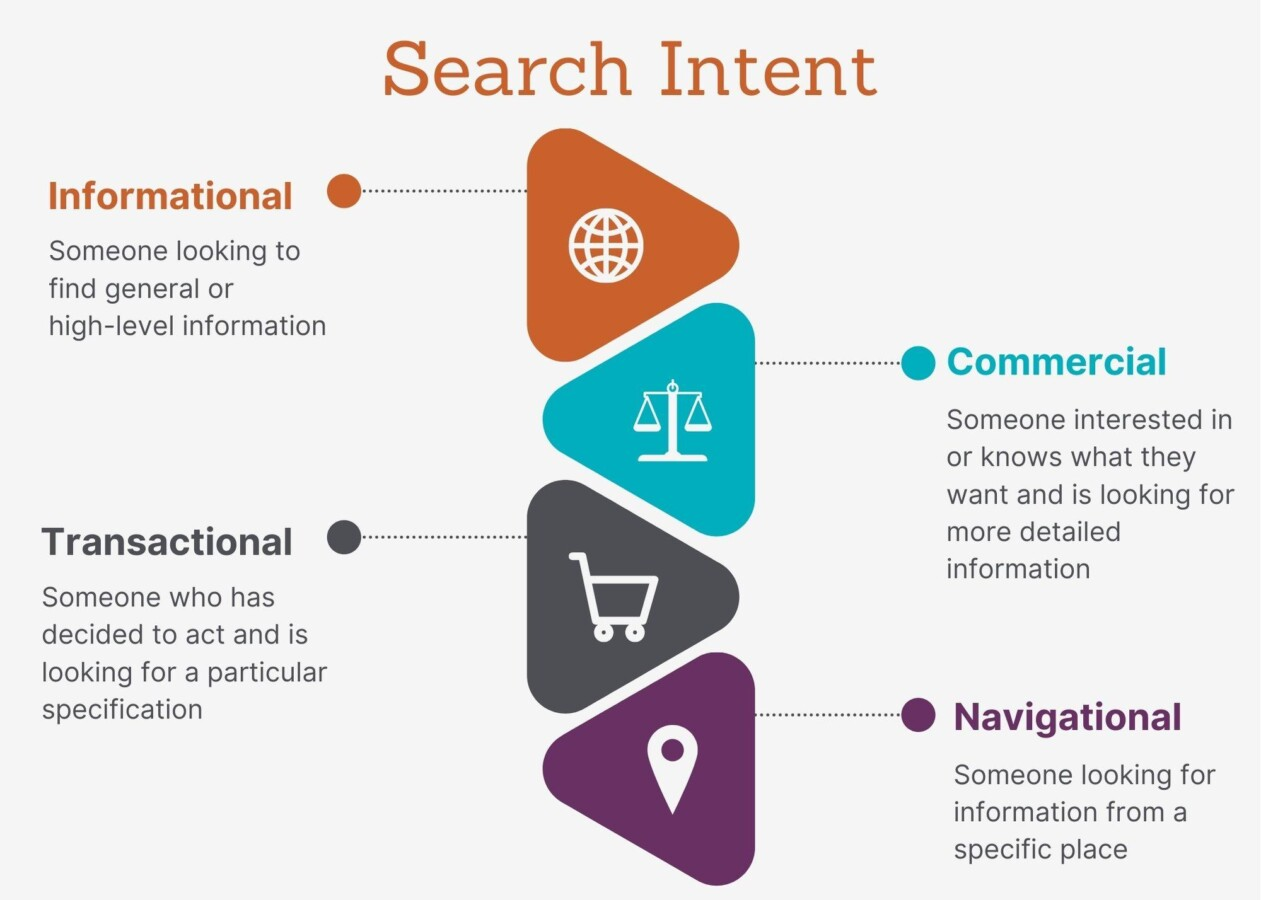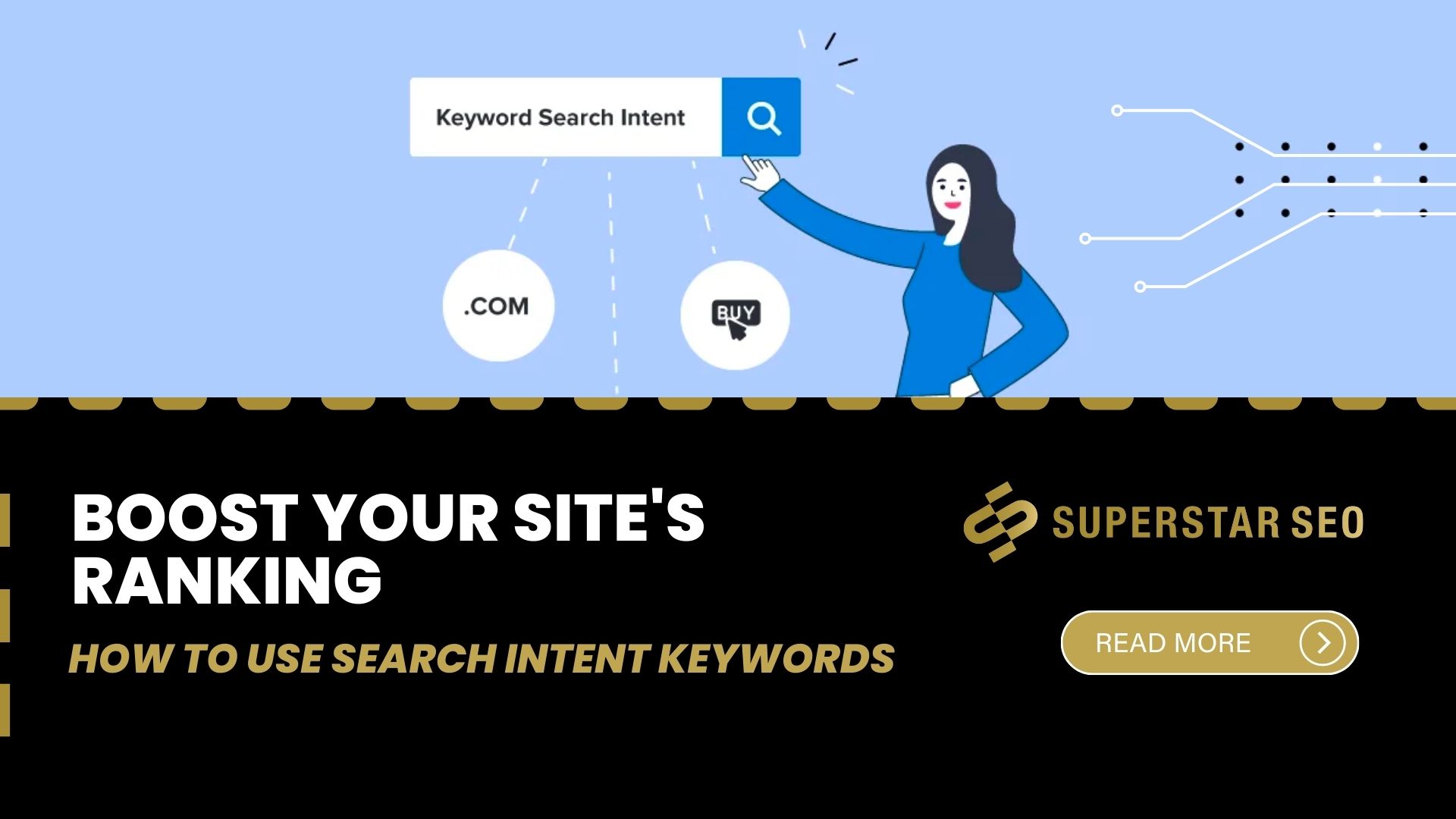How to Use Search Intent Keywords to Boost Your Site’s Ranking
Search intent keywords are phrases that indicate what exactly the searcher is looking for when they search Google, Bing, or Yahoo. Understanding the audience’s search intent is crucial for aligning your content with what users are searching for, thereby improving engagement and meeting their needs.
For example, let’s say you sell dog beds online and have created an informational website all about them.
If someone searches Google for dog beds, that doesn’t mean that person has any intention of buying one—he may just be looking to read about the subject, or perhaps he knows he wants to buy one but hasn’t decided yet what brand to purchase or where to buy it from.
He may even have no intention of ever buying one at all!
When you’re trying to boost your site’s ranking in search engines, one of the most effective ways to do so is through keyword research.
Search intent keywords are some of the most powerful on the web because they can trigger conversions, which not only help your business grow but also boost your rank in search engines and increase your website traffic.
In fact, Google’s recent “Quality Rater Guidelines” is all about Search Intent.

The keys to finding these keywords are understanding what people want and how to word it to grab their attention and interest.
What Is Search Intent?
Search intent, also known as user intent or keyword intent, refers to the purpose behind a user’s search query on a search engine. In other words, it’s what users aim to achieve when they type specific keywords into search bars.
Understanding search intent is important for an effective SEO strategy. It helps marketers create content that matches what users are actually looking for, ultimately improving the chances of ranking higher.
By accurately determining search intent during keyword research, businesses can tailor content to meet users’ expectations, which enhances user satisfaction and drives more targeted traffic.
Mastering search intent is essential for any SEO strategy, as it bridges the gap between content creation and the real needs of users. Different types of search intents—informational, navigational, transactional, and commercial—require tailored content strategies to effectively meet user needs and enhance engagement, visibility, and conversions.
Different Types of Search Intent: Informational Intent
There are four primary types regarding search intent:
informational,
navigational,
commercial
and transactional.
Informational searches usually ask a question or look for data that might not be readily available or need an expert opinion.
Navigational search intent covers web browsing and finding links and pages on your site, often using branded keywords to ensure users can easily find relevant pages.
Commercial search intent means that the user is trying to learn more before making a purchase or signing up for a newsletter, indicating they are at the research stage of their purchasing decision.
Lastly, transactional searches represent when a customer wants to do something and need information such as product details, contact information, etc., in order to complete their intended action.
Search Intent Is Obvious If You Know Where to Look
This means that sometimes, you can understand the searcher’s intent by how they type in the search.
So, if someone is searching for “how to ___*,”* they are looking for an answer which means they have ‘informational intent.’
Usually, modifiers such as “what, how, why, guide, tutorial, who” suggest informational intent.
When mentioning a brand name, or a specific name of a product or service, the searcher has navigational intent.
The key to understanding this type of intent is that users already know what they’re trying to find.
So if you’re targeting a keyword like this, don’t focus on selling.

When searching with “top, best, comparison, vs, review,” etc., in this case, the audience is doing their research before making a purchase decision.
Thus, commercial keywords are all about showing your audience what you have to offer so that they convert to buyers.
Modifiers such as “buy, coupon, trial, order, cheap, price, store address, store email,” etc. show that the searcher is looking to purchase something.
This takes us to the transactional search intent.
Why Does Search Intent Matter to SEO?
1. Reduced Bounce Rates
Understanding the audience’s search intent is crucial because search intent keywords are keywords that the user is already expecting to find on your site, and once they find them, they’re more likely to stay longer.
Search intent optimization means tailoring your content, web design, and advertising strategies, so you appeal to the customer before they reach a point where they’re ready to make a purchase.
So when people get what they want, they stay on your pages.
This leads to reduced bounce rates.
2. More Views on Your Website
Search intent keywords are more important than ever because they let your site know what searchers are looking for.
Optimizing your content and site structure with the appropriate search intent keywords, tailored to different search intents such as informational, navigational, transactional, and commercial, can help increase the likelihood that you will rank well in search engines, which means more page views.
After all, meeting a user’s intent makes them more likely to engage with the rest of your website, which means they will stay longer.
The more the search engines and people like your website, the higher the rank, and the more people will be attracted to your site.
3. Featured Snippets
Search intent is one of the most important factors in determining whether or not your website will appear in Google’s search results.
Search engines use it as a guide when ranking websites and determining which pages are worth showing to users in their SERPs. Navigational search intent refers to users who already have a specific page or location in mind and are searching for direct access to it, either online or at a physical address.
Using branded keywords and effective website optimization can help ensure users can easily find relevant pages and are likely to take action, such as visiting or purchasing from a brand.
If you have a lot of high-quality content on your site, then it’s more likely that Google will use that content when deciding what to show people searching for your terms through featured snippets.
Steps to Determine Keyword Search Intent
Step 1: Analyze the SERP
One of the most effective methods to identify search intent is to study the Search Engine Results Page (SERP). Observing what types of results Google prioritizes provides insight into user intent.
Paid Ads: High occurrence of paid ads often indicates transactional or commercial intent.
Featured Snippets and Knowledge Panels: Typically appear for informational intent.
Product Listings and Reviews: Reflect commercial investigation or transactional intent.
Example SERP Analysis
Consider the keyword “best budget smartphones 2024.” The SERP might include product comparison pages, articles, and user reviews. This suggests a commercial investigation intent, indicating users are exploring options but may not yet be ready to buy.
Step 2: Check Google Ads Data for Commercial Intent
To further refine understanding, analyze the competition and cost-per-click (CPC) data using Google Ads’ Keyword Planner. A high CPC and competitive bid level generally signify strong commercial or transactional intent, as advertisers are willing to invest to reach these users.
For example, if “budget smartphones” shows a high CPC, this suggests that advertisers find the keyword valuable for targeting users in the buying cycle, highlighting commercial intent.
Step 3: Use Related Searches and Autocomplete Suggestions
Examine related searches and autocomplete suggestions to understand additional context. These keywords research tools can reveal common queries linked to your keyword, helping identify search intent nuances.
For instance, a query like “how to choose a budget smartphone” emerging as a related search could indicate that users are in the research phase, implying informational or commercial investigation intent.
Optimizing Content for Search Engines
Optimizing content for search engines is crucial to ensure that your website ranks high in search engine results pages (SERPs). To achieve this, you need to understand the search intent behind the keywords you’re targeting. Search intent refers to the purpose or goal behind a user’s search query, and it can be categorized into four main types: informational, navigational, transactional, and commercial.
Informational intent is when users search for information or answers to their questions. For example, someone searching for “how to train a puppy” is looking for guidance and tips. To cater to this intent, create content that provides detailed, helpful information, such as how-to guides, tutorials, and expert advice.
Navigational intent is when users search for a specific website or page. For instance, a user searching for “Facebook login” wants to navigate directly to Facebook’s login page. To optimize for navigational intent, ensure that your website is easily accessible and that your brand name and key pages are well-optimized and prominently featured in search results.
Transactional intent is when users are ready to make a purchase or complete a specific action. Keywords like “buy dog beds online” indicate that the user is looking to make a purchase. To optimize for transactional intent, create content that encourages conversions, such as product pages, special offers, and clear calls-to-action.
Commercial intent is when users are researching products or services before making a purchase. Searches like “best dog beds 2025” show that the user is comparing options. To address commercial intent, provide in-depth reviews, comparisons, and product recommendations to help users make informed decisions.
By creating content that aligns with the search intent of your target audience, you can improve your chances of ranking higher in search engines and driving more targeted traffic to your site.
Conclusion
Ultimately, a great website provides users with the information they need when they need it.
Search intent is perhaps the most important “ranking factor” in 2022.
Failure to give searchers what they want makes your chances of ranking slim to none.
And don’t even think of “tricking” Google.
Even if you manage to do so for a short while, they’ll figure things out eventually if you have an ill-fitting page.
If you want to rank long-term, give searchers what they want, and Google will almost certainly reward you for doing so.





